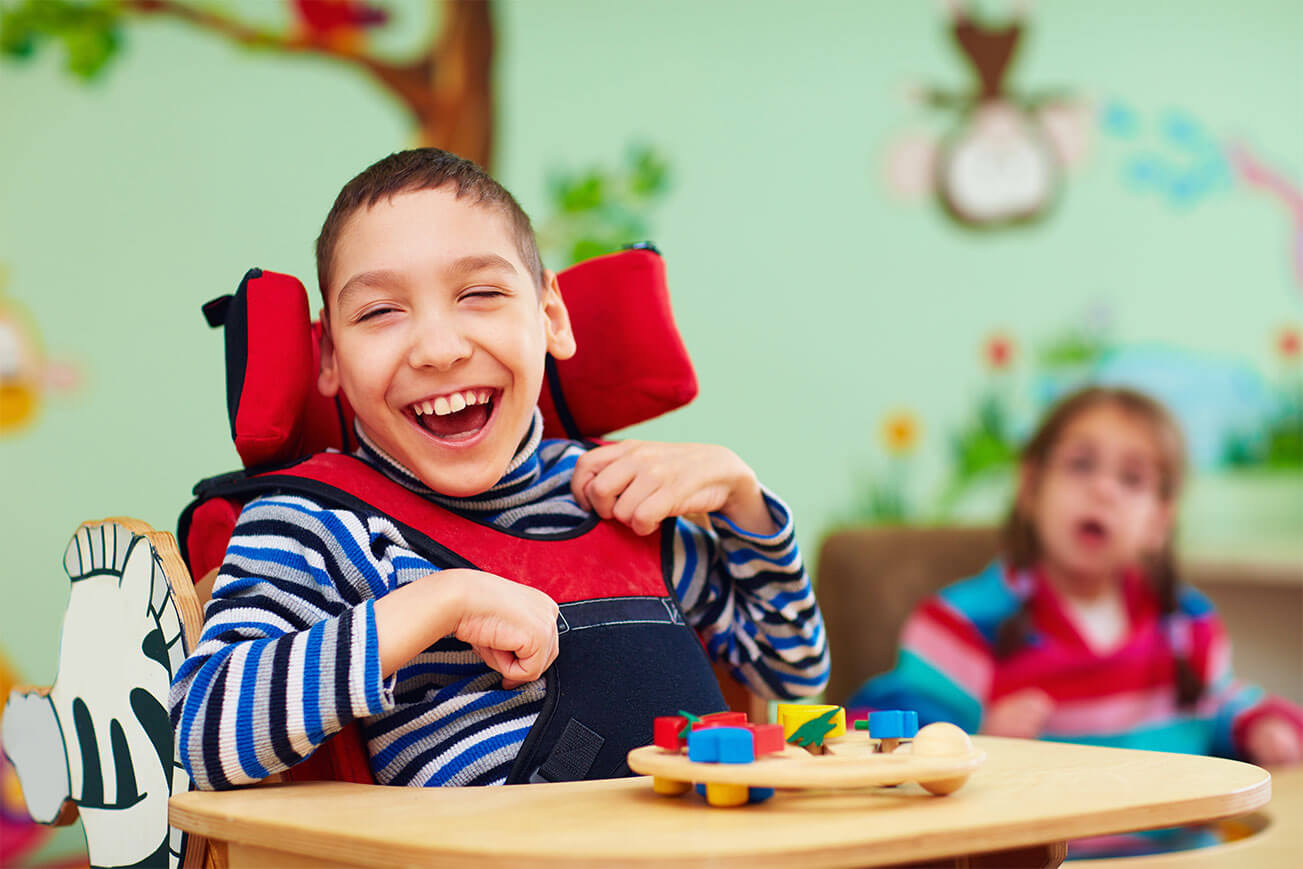Learning about cerebral palsy requires taking in a great deal of information. There are a lot of misconceptions about this particular condition, but fortunately, there are resources out there that can help you. Some of these resources, such as United Cerebral Palsy, are advocacy organizations that do a lot of work educating and working in the interests of people with cerebral palsy. Other resources will be the doctors helping you treat your child.
Basics
The first thing to understand about cerebral palsy is that it is not a disease. It is a medical condition that results from a brain injury. Brain injury can occur because of trauma, the child being starved of oxygen during birth, infections, and many other reasons. Whatever caused the brain injury, however, is not the same as cerebral palsy.
Cerebral palsy is a condition that is primarily observed in the muscles. People with cerebral palsy have varying degrees of inability to control their muscles. They may suffer spasms, or they may engage in involuntary movements. Performing very delicate tasks may be complex for them or impossible in some cases.
Cases of cerebral palsy can be diagnosed as one of several major types, such as dyskinetic or ataxic, or as mixtures of different types. Each type of cerebral palsy has its characteristic features and impacts on the affected individual’s life.
Medical Negligence
There are instances where medical negligence is the proximate cause of a child suffering a brain injury that leads to cerebral palsy. These are the cases that people end up filing lawsuits over. The lawsuits are filed because, in one regard or another, a physician, healthcare facility, or healthcare facility staff member failed to deliver proper care. A case may be in order if inadequate care directly leads to cerebral palsy-inducing injury.
Some lawyers specialize in medical negligence claims. Not surprisingly, these are the lawyers you’ll want to speak with if you’re considering filing one of these claims. Before, during, and after your lawsuit, you’ll find that cerebral palsy presents your child and your family with many challenges. The good news is that there are a lot of good people and a lot of good organizations and that there is a lot of good information out there that can help you understand this group of disorders and what they mean for the person’s life affected.

